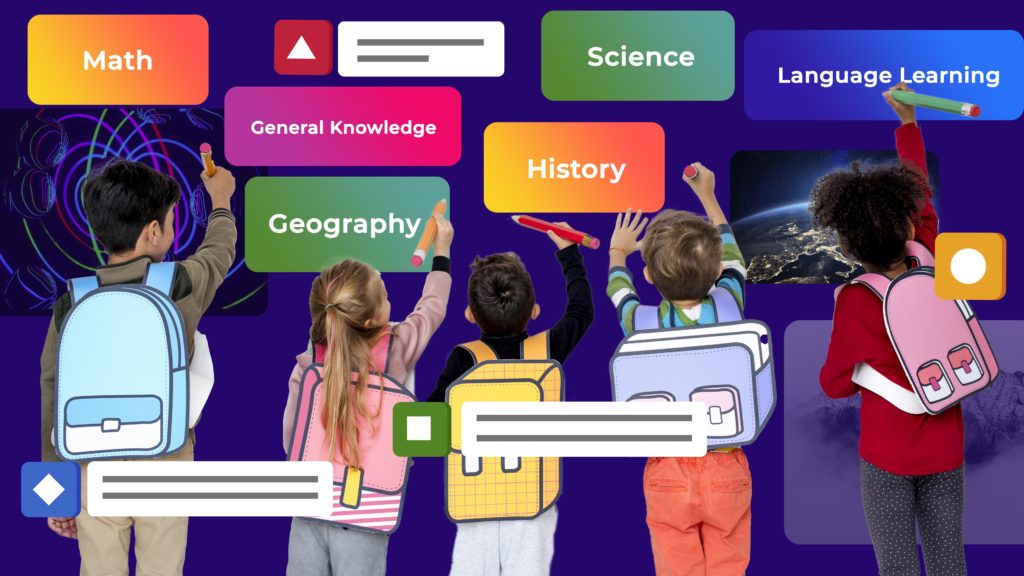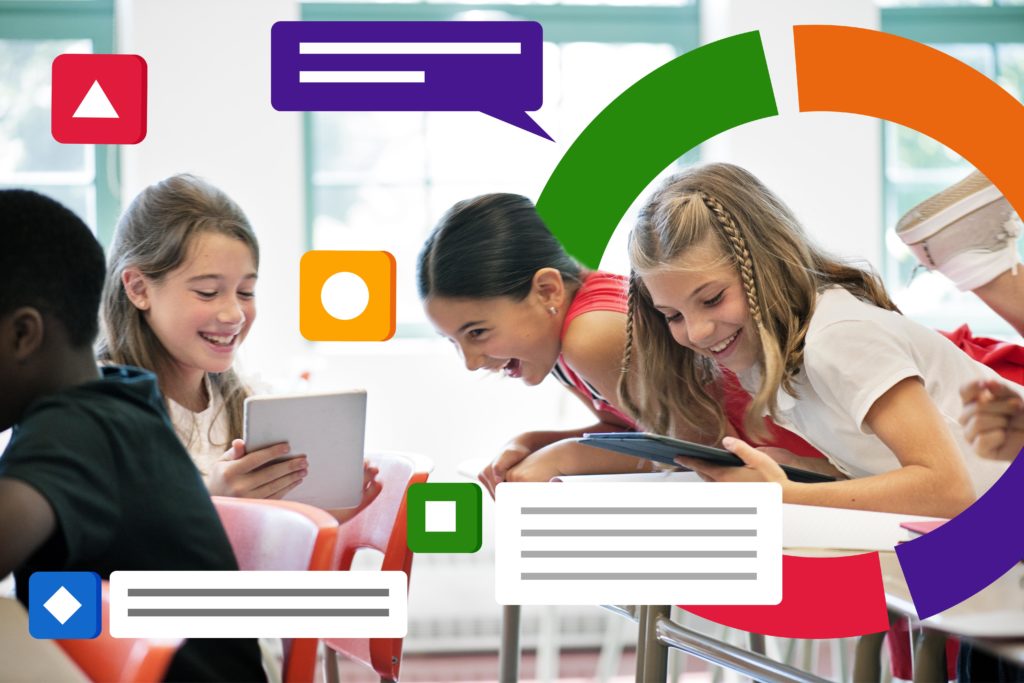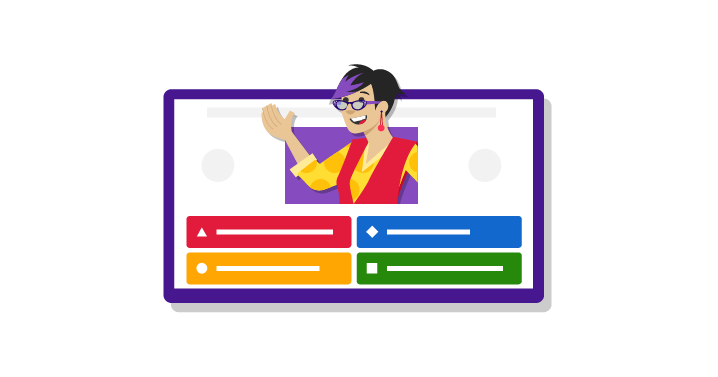
From introduction to assessment, Kahoot! tools ensure learning remains interactive, flexible, and engaging. Elementary teacher, and Kahoot! Ambassador, Ms. C, uses Kahoot! throughout all phases of lesson planning. In using Kahoot! to capitalize on student interest and motivation, Ms. C shares how she ensures curiosity and retention throughout lesson delivery. Read on for tips and strategies for teaching with a student-centered approach!
Prioritizing content
When preparing classroom curriculum plans, orienting the lessons around key teaching points and objectives helps to shape and drive instruction for all subsequent lessons. Ms. C curates long-term lessons around one driving question or prompt for her students to discover, explore, and understand. With this focus in mind, students then direct instruction and content remains student-powered and student-driven. In a science lesson, for example, students may be discovering, “What does a plant need to survive?”. As Ms. C introduces different necessities for plant health, student questions may evolve future lessons to be focused on sunlight, plant nutrition, or environments. As the teacher in the room, Ms. C aims to be a guide and facilitator for student learning, with an open-ended curriculum for lesson planning. Students experience autonomy in both their curriculum, and the presentation of new ideas and concepts!
#KahootTip Introducing content on Kahoot! supports any curriculum. After you’ve selected a content focus, spark curiosity and interest using a related kahoot from a partner on Kahoot! Academy.
Group work discovery
As the students get used to lesson goals, content-specific vocabulary, and associated diagrams, formulas, or models, Ms. C empowers her class to take charge of the direction and emphasis of classroom learning. As a group, Ms. C’s students discuss several curiosities and questions they have toward the topic. Using Word cloud or brainstorm question types helps Ms. C to gather feedback from students instantly and identify trends and preferences around certain curriculum concepts and focal points. Several students may be collectively interested in endangered plant species, while others may be interested in desert plants, or even edible plants. These subtopics help Ms. C to organize her students into small-groups. Each group collaborates to research these new categories, developing “expert level” understanding, as Ms. C calls it, of the different concepts.

Presentation plans
After research and discovery, each group act as “teachers” for their shared topic and content focus. With different slide layouts, no-points questions (Drop pin, Poll, and Open-ended are class favorites), and embedded images, groups create mini-lessons and present their findings for the rest of the class to understand, discuss, and reflect! The jigsaw style of learning helps students to feel autonomous in their learning, without the pressure of independent thinking or individual presentations. Students can flesh out their ideas, misconceptions, or questions in a small-group, then solidify their comprehension throughout the presentation and Kahoot! hosting experiences!
#KahootTip Collect comprehension data for both the presenters and the participants! The questions that students choose to create for their Expert kahoots can be used as an indicator for comprehension and understanding.
Next steps
As kahoots are hosted as live games, Ms. C can organize each kahoot into a collective Course for students to revisit and review throughout the unit or long-spanning curriculum. Sharing this Course for self-paced student play ensures that reinforcement remains student-driven and directed!
Kahoot! question types and slide formats make lesson hooks and introductions awesome, engaging, and interactive. Not sure where to start? Check out our template for introducing new topics with Kahoot! and make the most of advanced question types that spark curiosity and engagement with Kahoot! Premium+!




